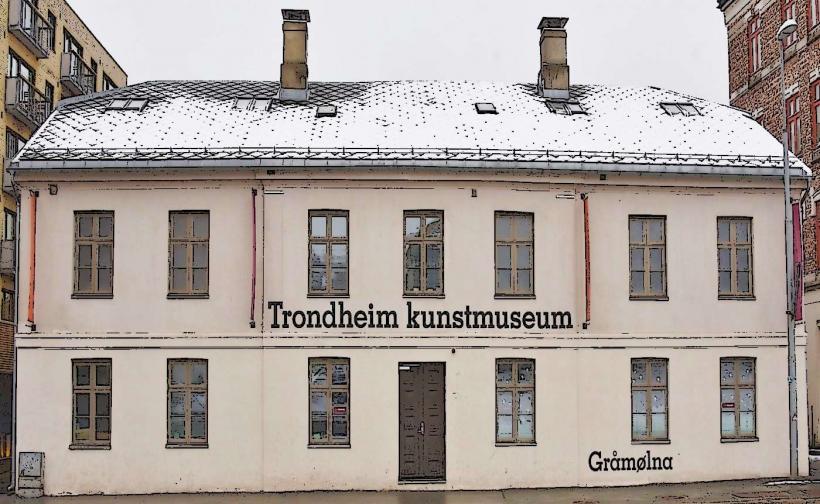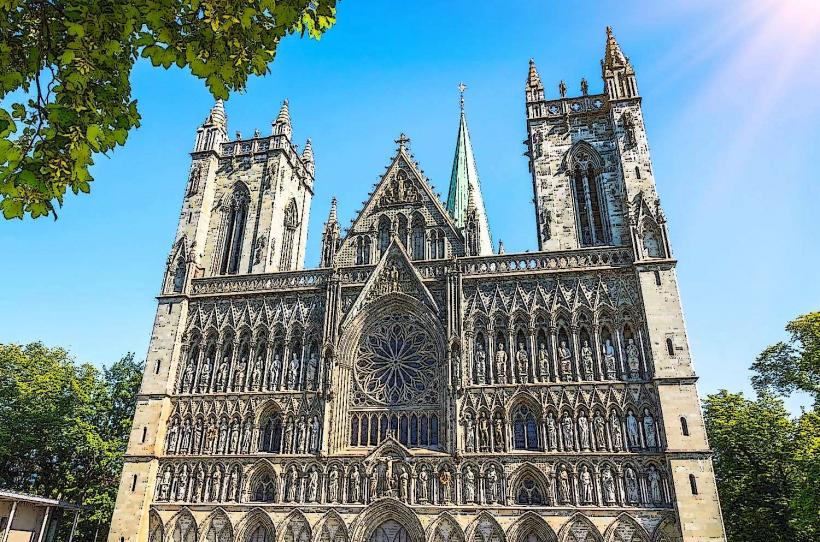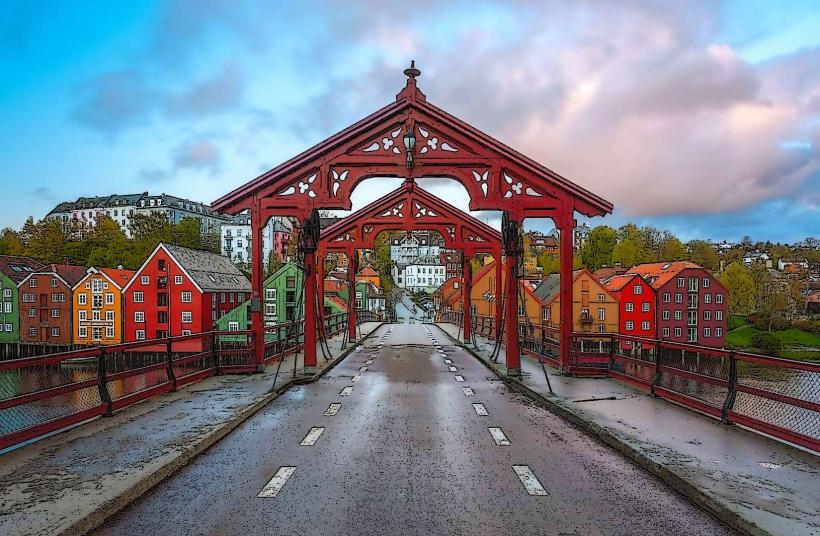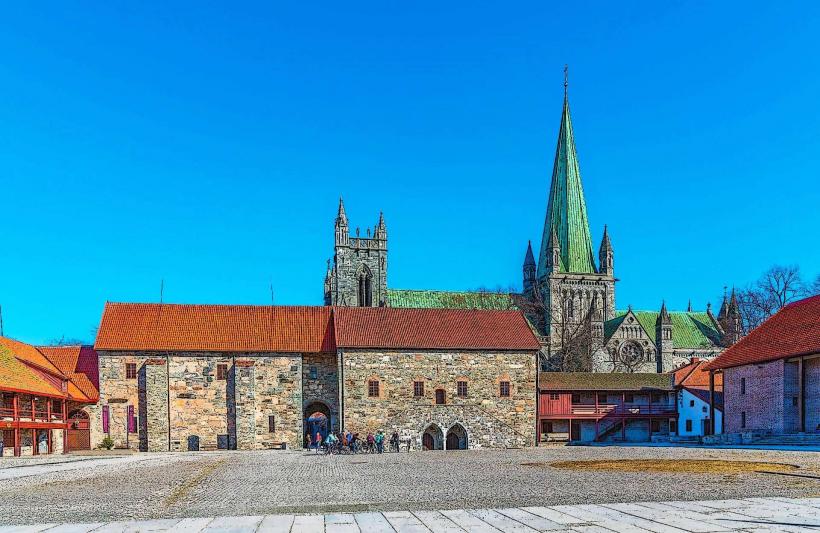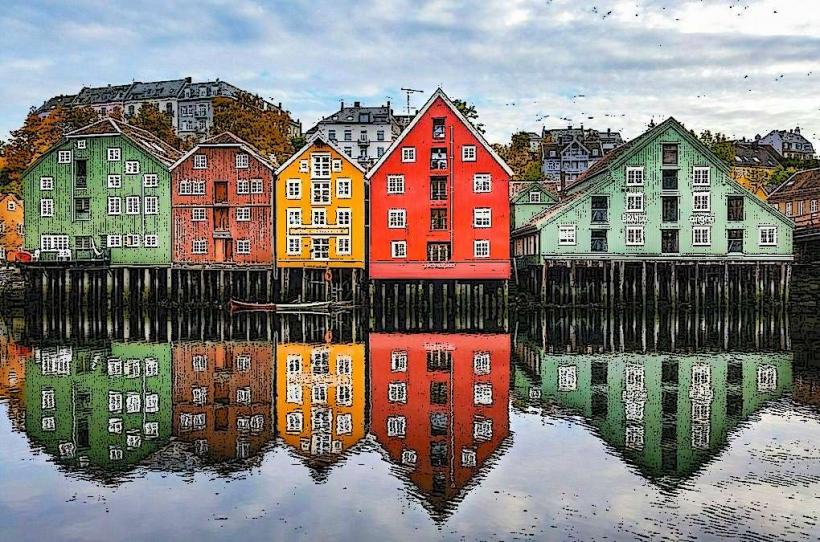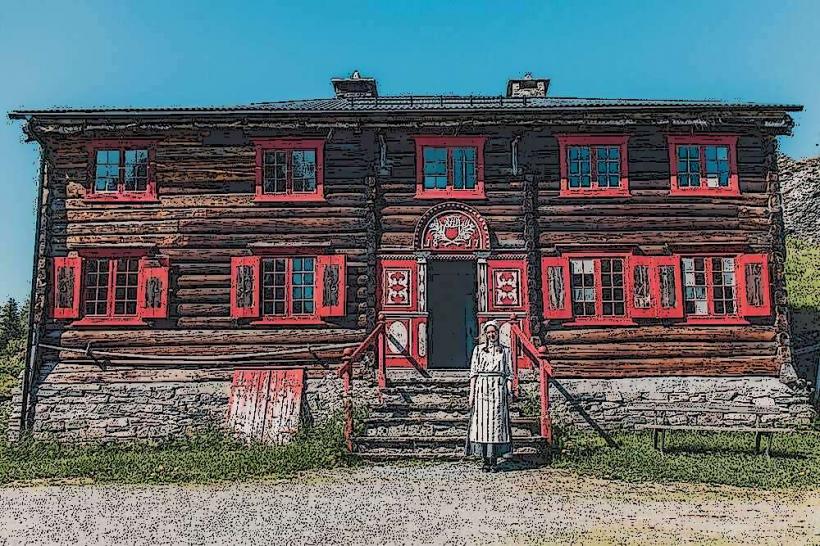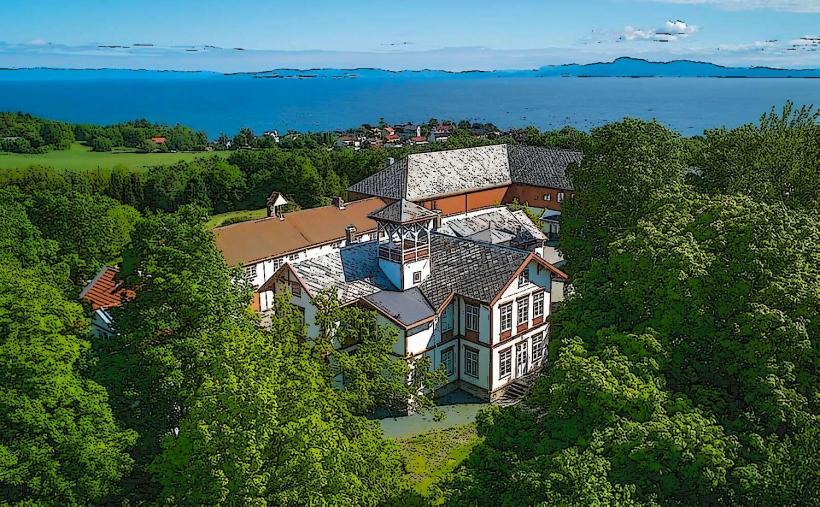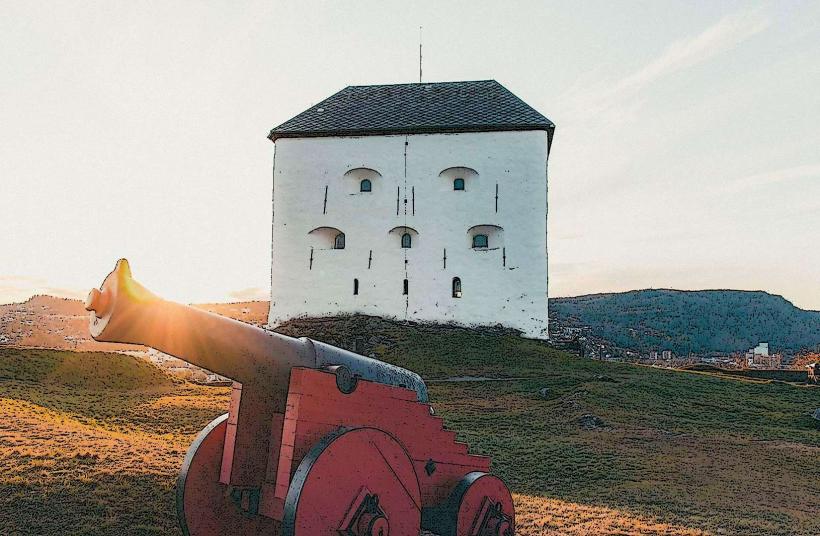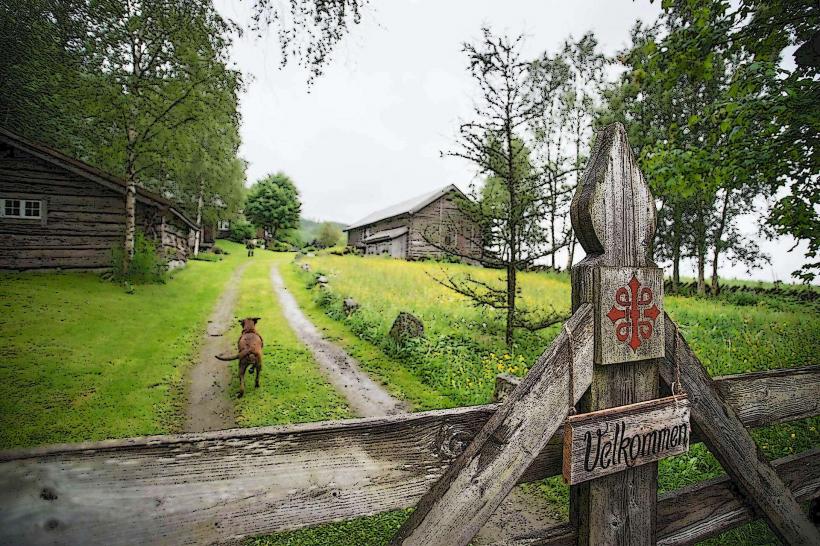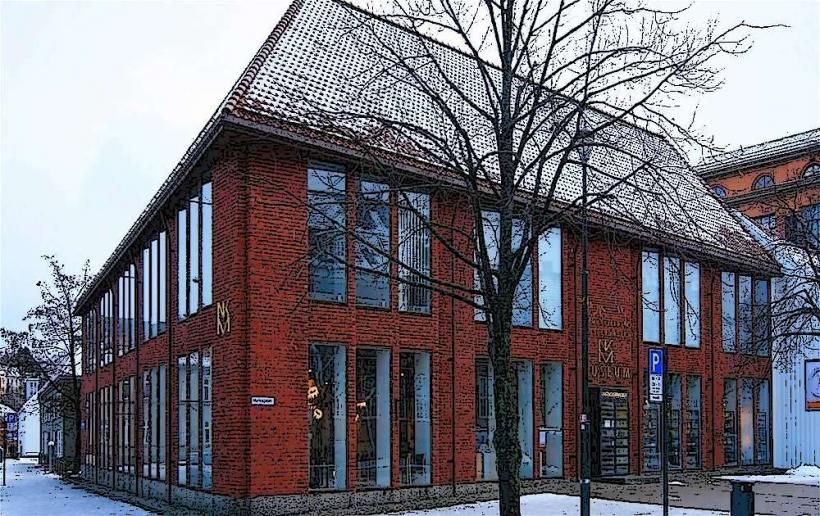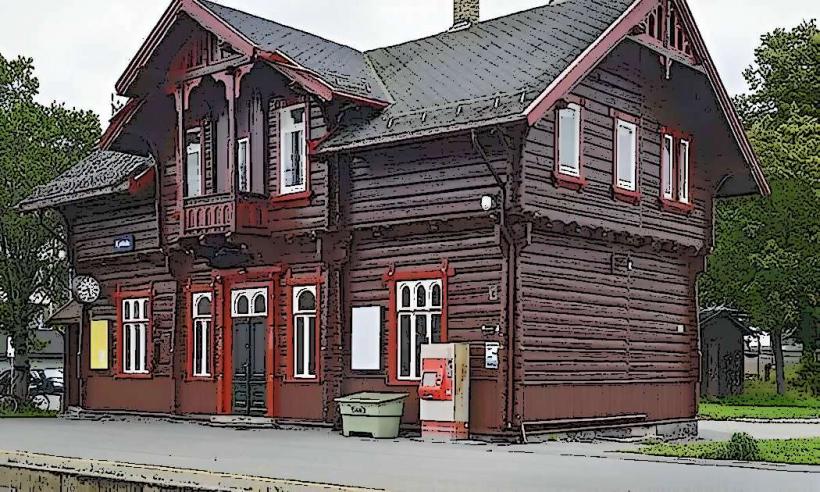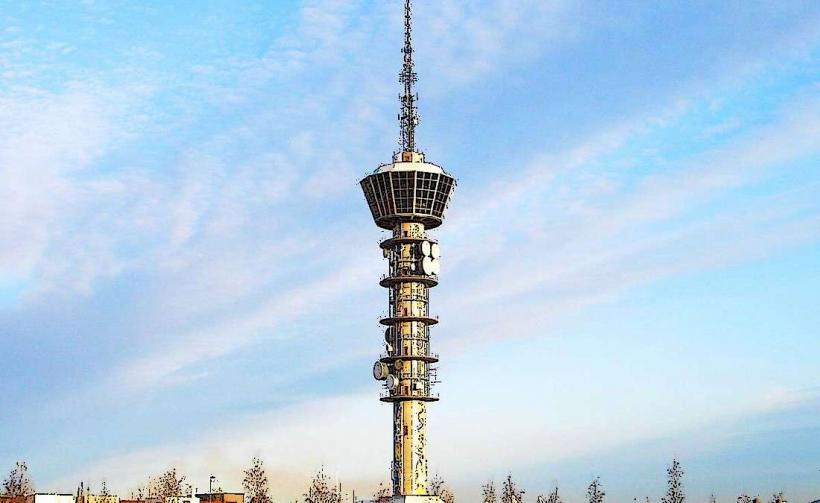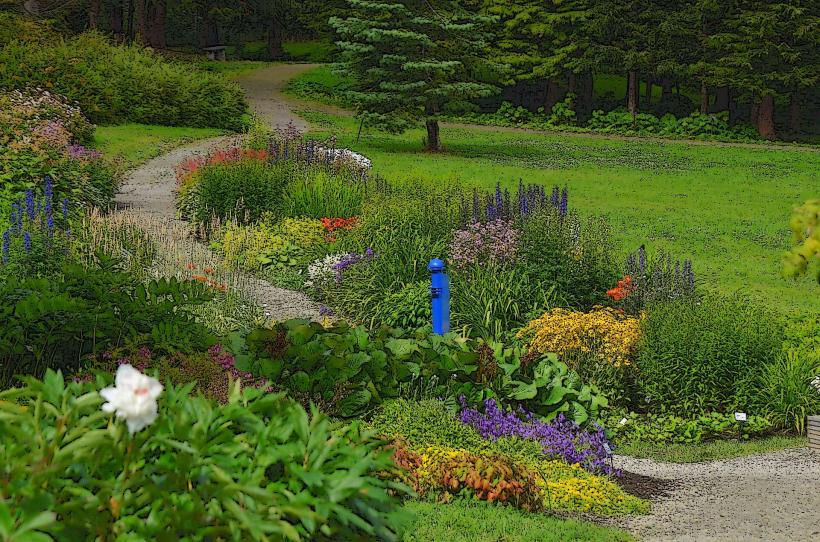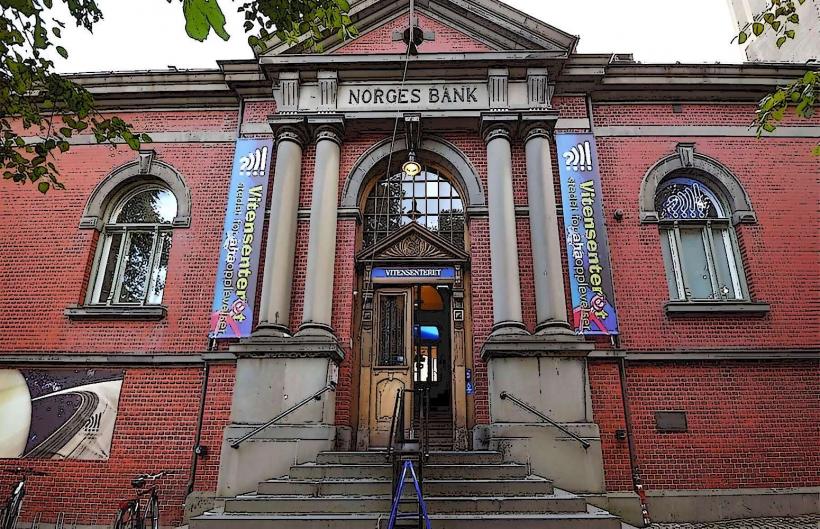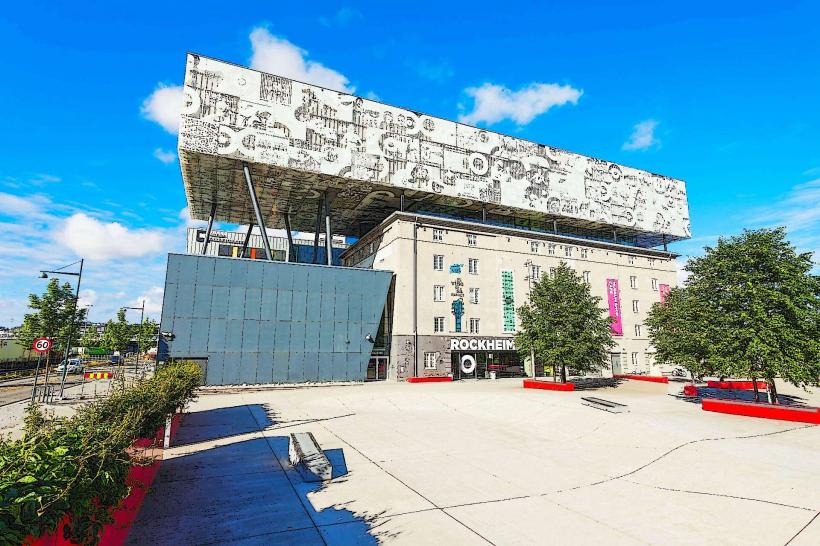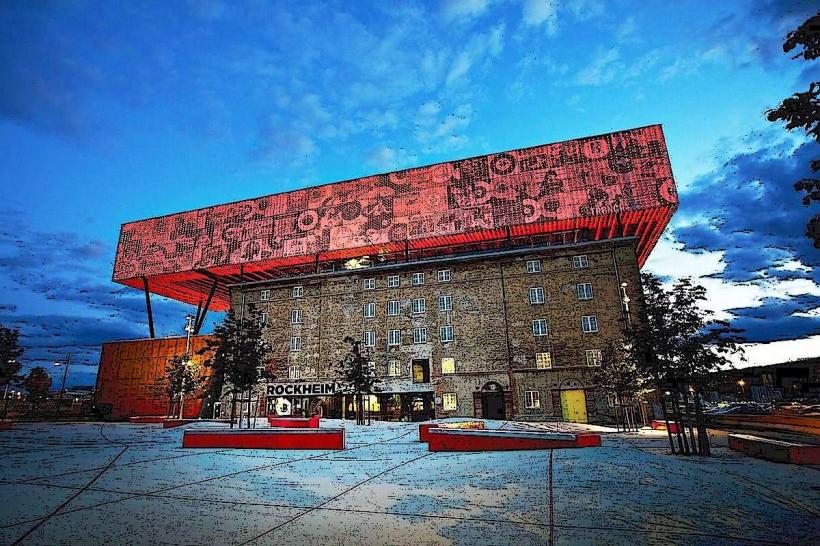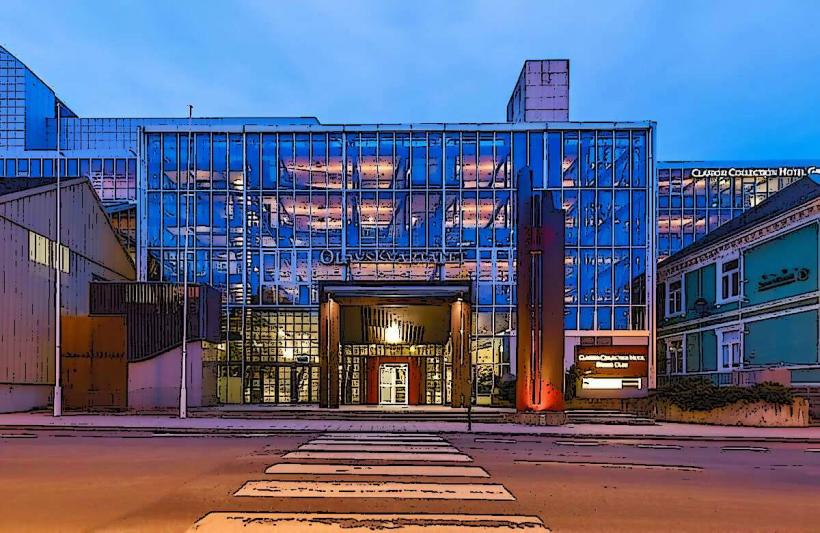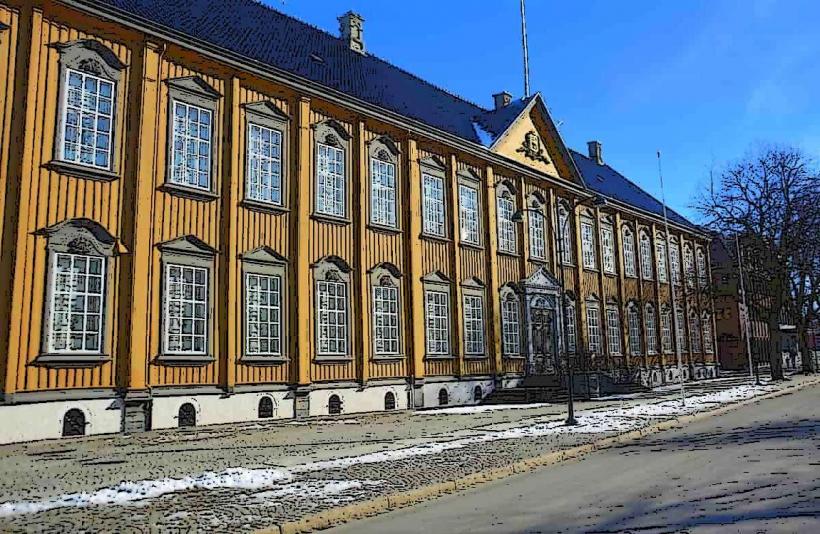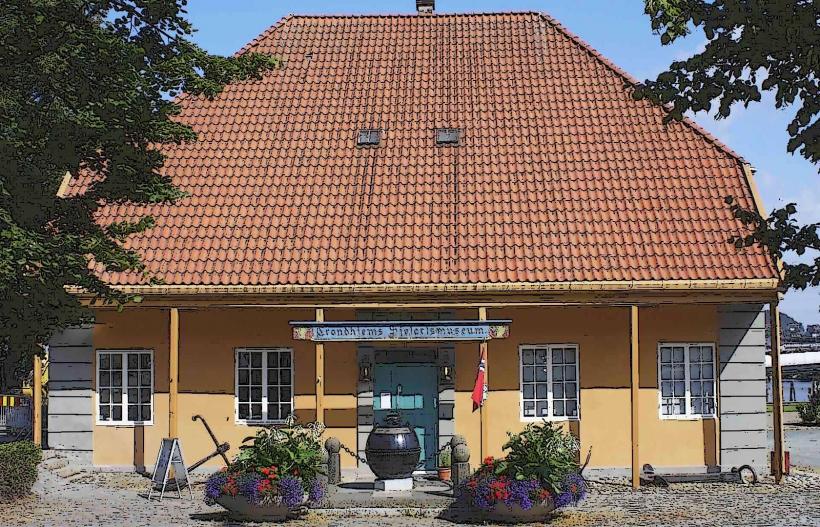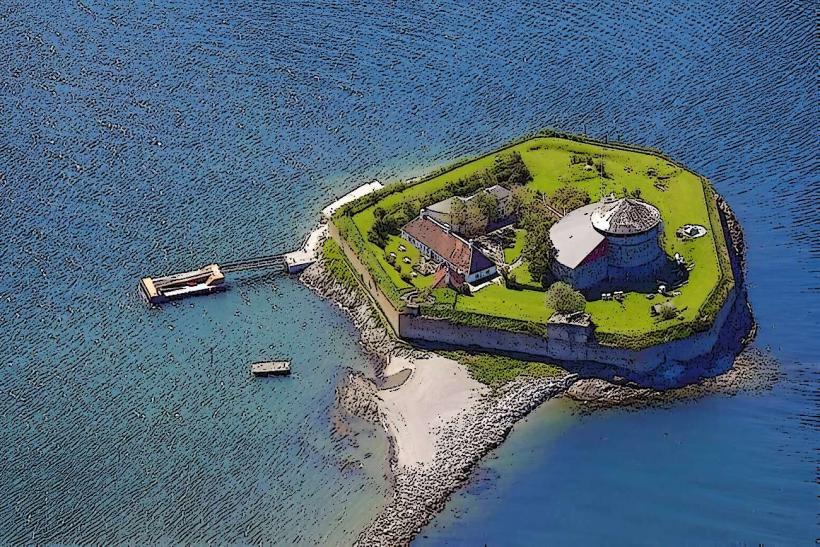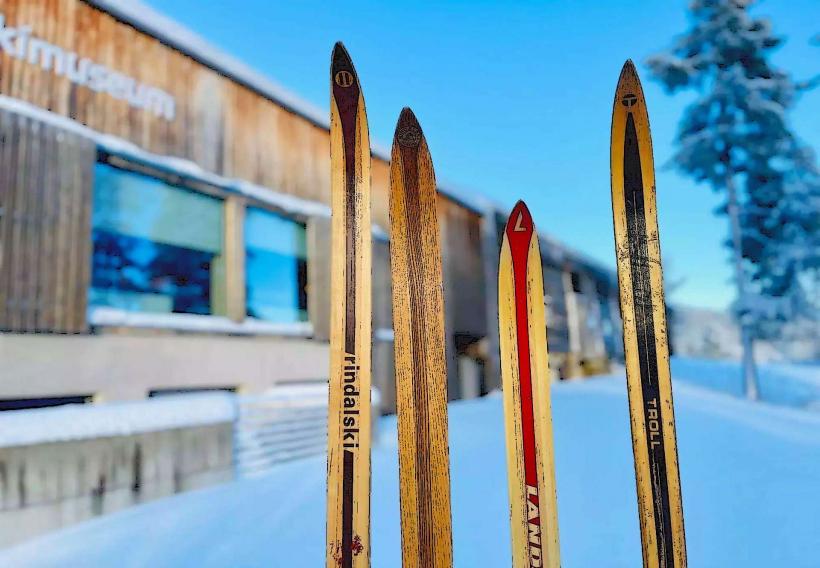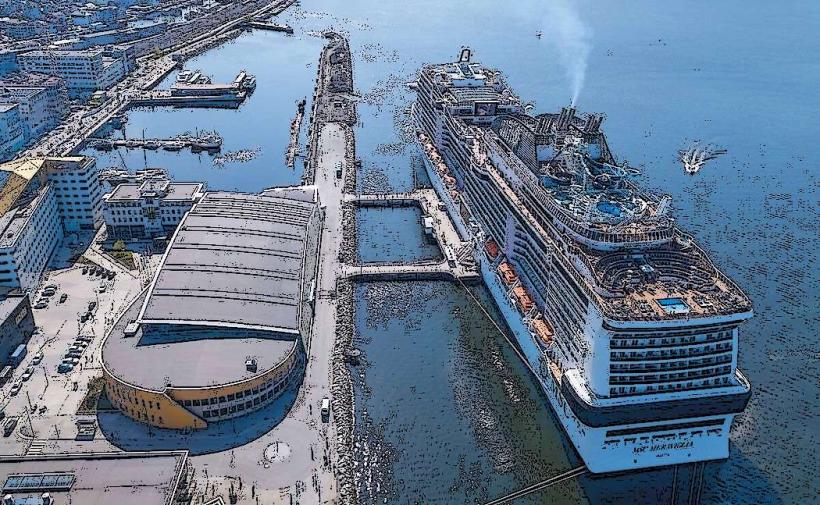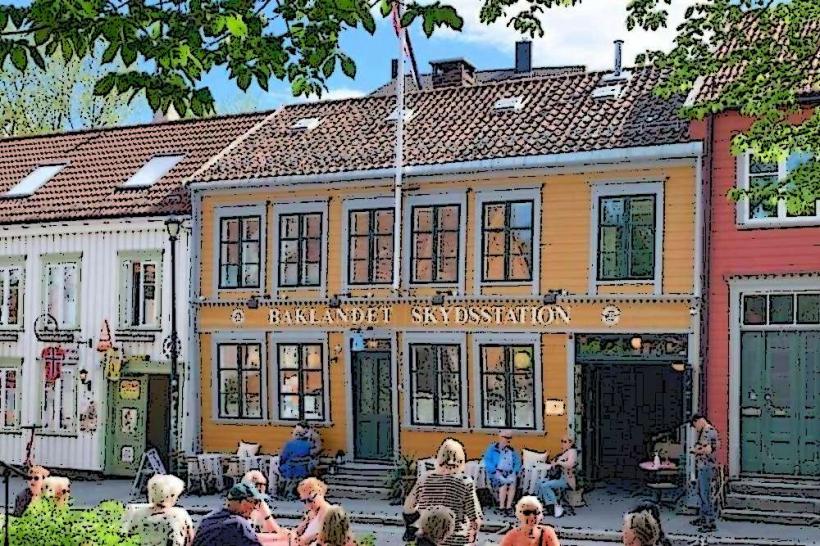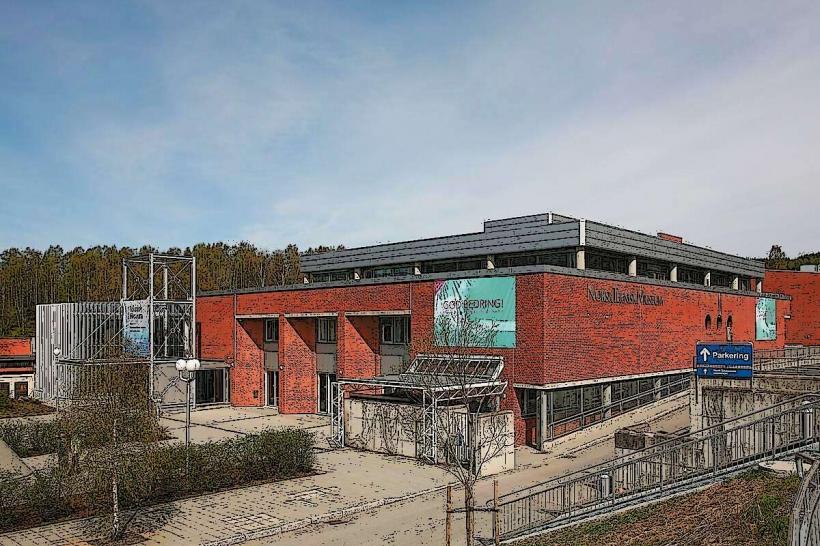Information
Landmark: NTNU University MuseumCity: Trondheim
Country: Norway
Continent: Europe
The NTNU University Museum (Norges teknisk-naturvitenskapelige universitet Museum) is an important cultural and scientific institution located in Trondheim, Norway. It is part of the Norwegian University of Science and Technology (NTNU) and serves as a center for research, education, and public outreach in the fields of natural history, archaeology, and cultural heritage. The museum offers a range of exhibits and collections that provide insight into both scientific and historical aspects of Norway’s past, as well as its natural environment.
1. Overview of the Museum
The NTNU University Museum is part of NTNU’s broader academic mission and has its roots in Trondheim’s rich history of science and education. It plays a central role in promoting understanding of natural history, archaeology, and cultural history through its wide-ranging collections and educational programs.
- Established Origins: The museum was established in the late 18th century, initially to support the university’s educational and research goals. Over time, it has evolved into a key institution for cultural and scientific exploration, particularly in Trondheim.
- Academic Focus: As part of NTNU, the museum is closely linked to the university’s research in various fields, including archaeology, anthropology, natural history, and ethnography. The museum contributes to the university's overall educational mission by making research accessible to the public.
2. Exhibitions and Collections
The NTNU University Museum features several permanent and temporary exhibits that highlight the museum's diverse research interests and collections. These exhibitions cover a broad range of topics, from prehistoric and medieval archaeology to natural sciences such as botany, zoology, and geology.
Natural History: One of the key focuses of the NTNU University Museum is the collection and study of Norway’s natural environment. The museum has an extensive collection of plants, animals, and minerals, many of which are unique to the region. This includes specimens of rare and endangered species, as well as geological formations.
- Zoology: The museum features a collection of taxidermied animals, including birds, mammals, and marine species that provide insight into the fauna of Norway and other parts of the world.
- Botany: There are also exhibits on the flora of Norway, featuring a collection of preserved plants, fungi, and algae that show the diversity of plant life in the region.
- Geology: The geological exhibits focus on the formation of Norway’s landscapes, with collections of rocks, minerals, and fossils that demonstrate the geological history of the country.
Archaeology and Cultural Heritage: The museum is also home to an impressive collection of archaeological artifacts that date back to ancient times. These exhibits cover a wide span of history, from prehistoric to medieval periods, and highlight the cultural and technological evolution of human societies in Norway.
- Prehistoric Collections: The museum’s prehistoric collections showcase tools, weapons, and other objects used by early human societies in Norway. These items offer a glimpse into the lives of early Norwegians, particularly in the Stone Age, Bronze Age, and Iron Age.
- Viking and Medieval Exhibits: The museum also features artifacts from the Viking Age and the medieval period, reflecting Trondheim’s important role in Norwegian history. This includes runestones, weapons, clothing, and artifacts from Viking settlements, as well as religious objects and tools from medieval Christian Norway.
Cultural Anthropology and Ethnography: In addition to the natural history and archaeology exhibits, the NTNU University Museum has collections related to ethnography and cultural anthropology. These collections include objects and items that reflect the cultural practices and traditions of indigenous peoples and communities from around the world, as well as historical Norwegian cultural artifacts.
- Ethnographic Collections: Items such as clothing, tools, and artwork from various cultures, particularly from Norway’s indigenous Sami people, are displayed to provide insight into the diversity of human societies and their relationship with the environment.
3. Research and Educational Programs
The NTNU University Museum is a hub for scientific and historical research, particularly in fields related to the natural sciences, archaeology, and cultural heritage.
- Research: The museum’s researchers are involved in ongoing studies related to geology, climate change, archaeology, and ethnography. Their work helps to expand knowledge of Norway’s natural and cultural heritage and supports the university’s overall research goals.
- Educational Programs: The museum offers educational programs for schools, universities, and the general public. These programs include guided tours, workshops, and special events designed to engage people of all ages with the museum’s collections and research.
- School Programs: The museum works with schools in the Trondheim area to offer tailored educational programs that tie into the Norwegian curriculum. These programs often include hands-on activities, interactive exhibits, and lessons on science, history, and culture.
- Public Lectures and Events: The museum regularly hosts lectures, seminars, and special events that allow the public to interact with scholars and experts on topics related to the museum’s collections. This includes talks on archaeological discoveries, environmental issues, and historical research.
4. Temporary Exhibitions and Events
The NTNU University Museum regularly hosts temporary exhibitions that focus on specific themes or current research projects. These exhibits are often more dynamic and allow the museum to explore new topics or present cutting-edge findings.
- Rotating Exhibits: The museum hosts rotating exhibitions that may feature contemporary topics, new discoveries, or special collections that are not part of the permanent exhibits. These exhibitions provide a deeper look into areas such as modern scientific research, ethnographic studies, and regional archaeology.
- Collaborative Projects: The museum often collaborates with other institutions, universities, and research centers to bring in specialized exhibitions. This allows for a broader range of subjects and ensures that the museum remains a place for ongoing learning and discovery.
5. Visitor Experience
- Museum Facilities: The NTNU University Museum provides a range of amenities for visitors, including interactive exhibits, guided tours, and multimedia presentations that enhance the educational experience. The museum’s modern facilities ensure a comfortable and informative visit.
- Gift Shop and Café: The museum also has a gift shop where visitors can purchase books, educational materials, and souvenirs related to the museum’s collections. Additionally, there is a café offering light refreshments, making it a pleasant place to relax after exploring the exhibits.
- Accessibility: The museum is easily accessible to visitors of all ages, including those with disabilities. The museum staff is available to assist with any special requirements and ensure a smooth experience for everyone.
6. Conclusion
The NTNU University Museum is an invaluable cultural and educational institution in Trondheim, offering a wealth of knowledge about Norway’s natural and cultural history. With its extensive collections, research initiatives, and educational programs, the museum serves as both a hub for scientific discovery and a place for the public to engage with history. Whether you're interested in archaeology, natural history, or cultural anthropology, the NTNU University Museum provides a rich, interactive, and informative experience for visitors of all ages.

